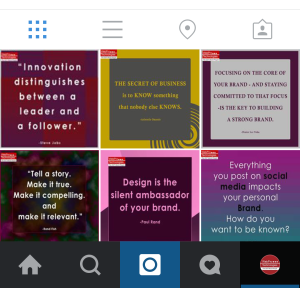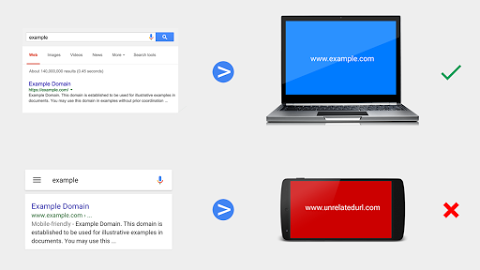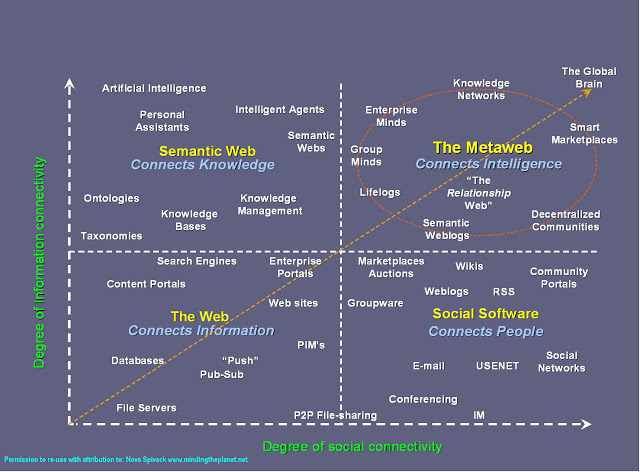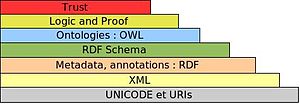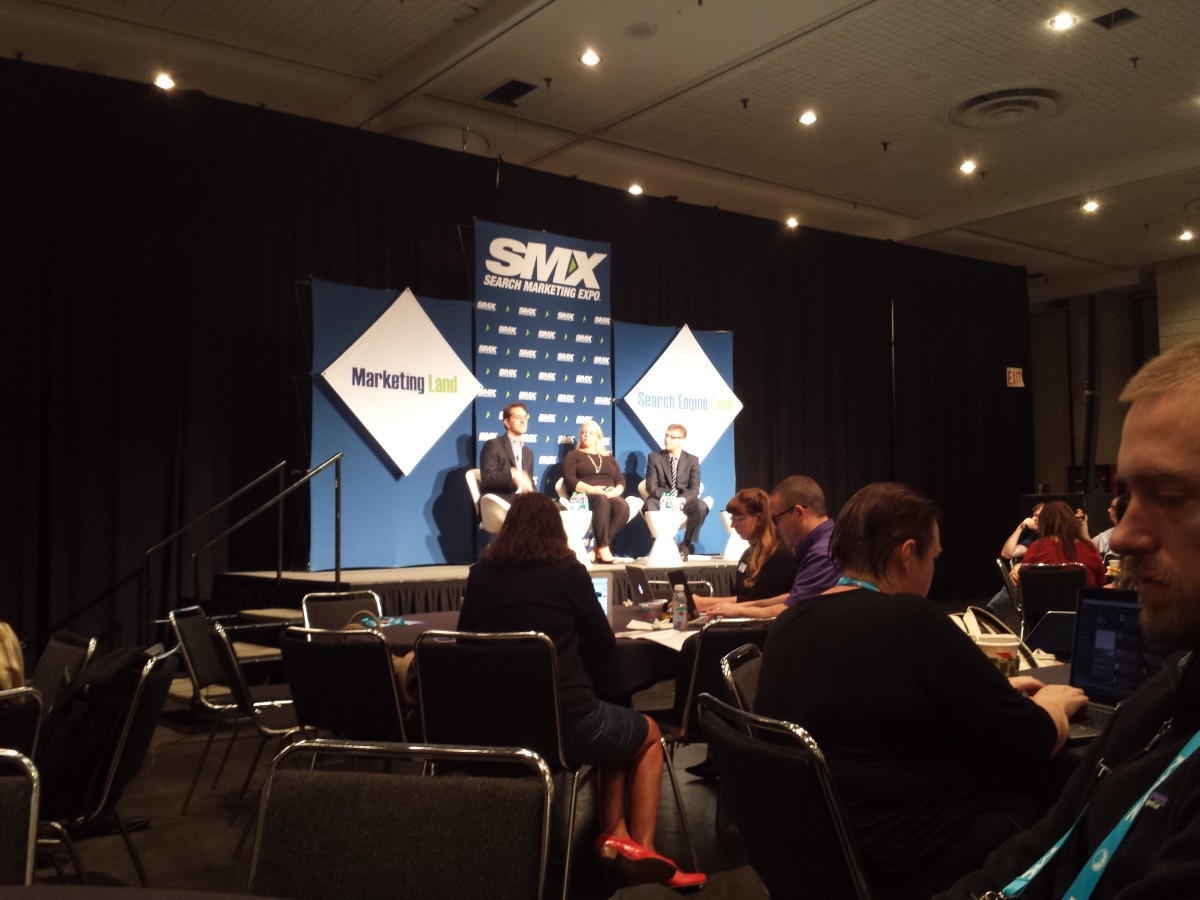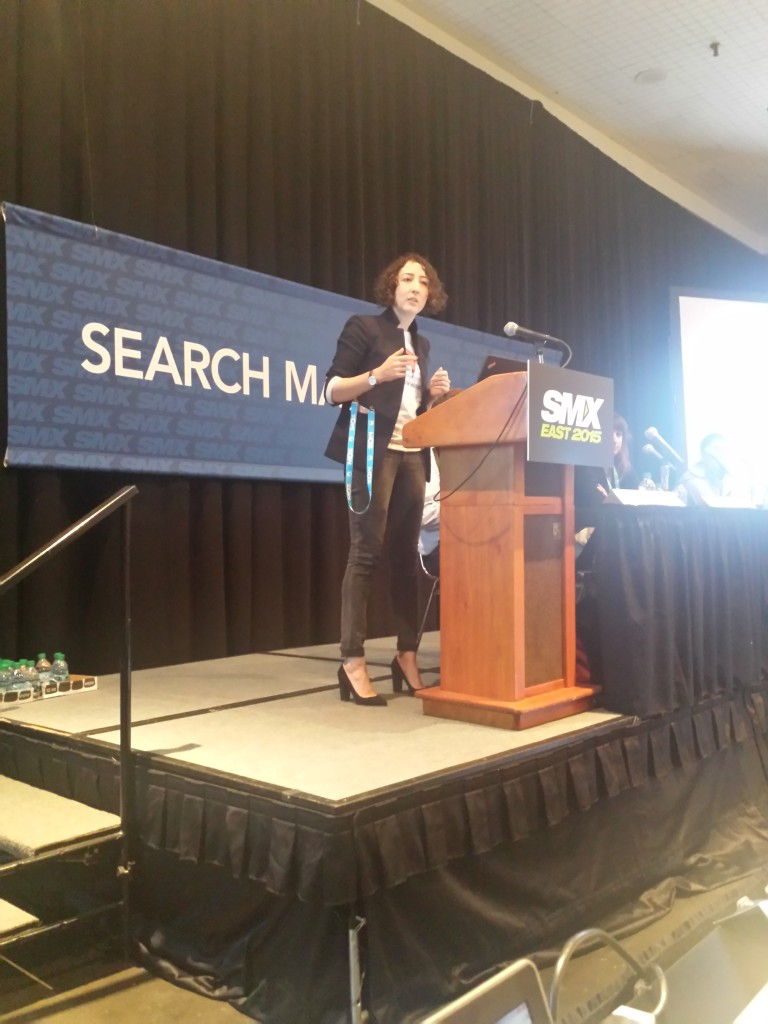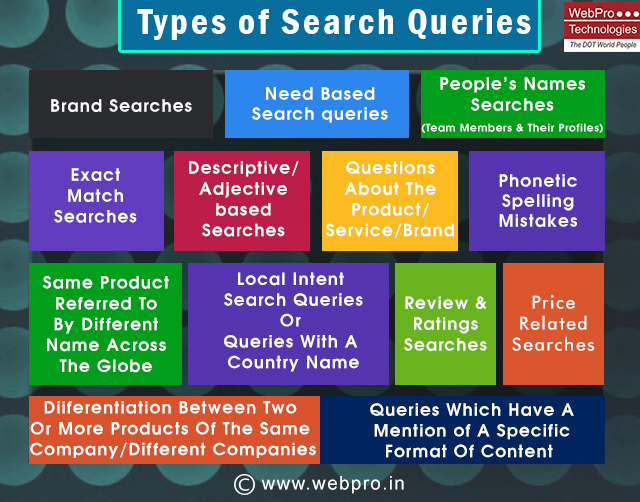Instagram in its recent post has mentioned that – “To improve your experience, your feed will soon be ordered to show the moments we believe you will care about the most.”
The order of the photos and videos in the feed shall be on the basis of:
- The likelihood of you being interested in the content
- The relationship with the person posting that content
- The timeliness of the post
All the posts will be there but only in a different order.
The post also mentions that it wants to ensure that you do not miss out on any post from the last time you checked your account.
For e.g.:
If your favourite musician shares a video from last night’s concert, it will be waiting for you when you wake up, no matter how many accounts you follow or what time zone you live in. And when your best friend posts a photo of her new puppy, you won’t miss it.
It will take some time for this to get rolled out but once it is live Instagram is keen on the user feedback till they can give the users the new experience.
Would you like Instagram to decide the order of the posts in your feed?
Well, According to me I would like an option in the settings turn such a feature on/off. Secondly I think it would surely be better if the user could decide which accounts he would like to give priority to or which kind posts he would like to be seen at the topmost order.
Let us know your views in the comments below:
